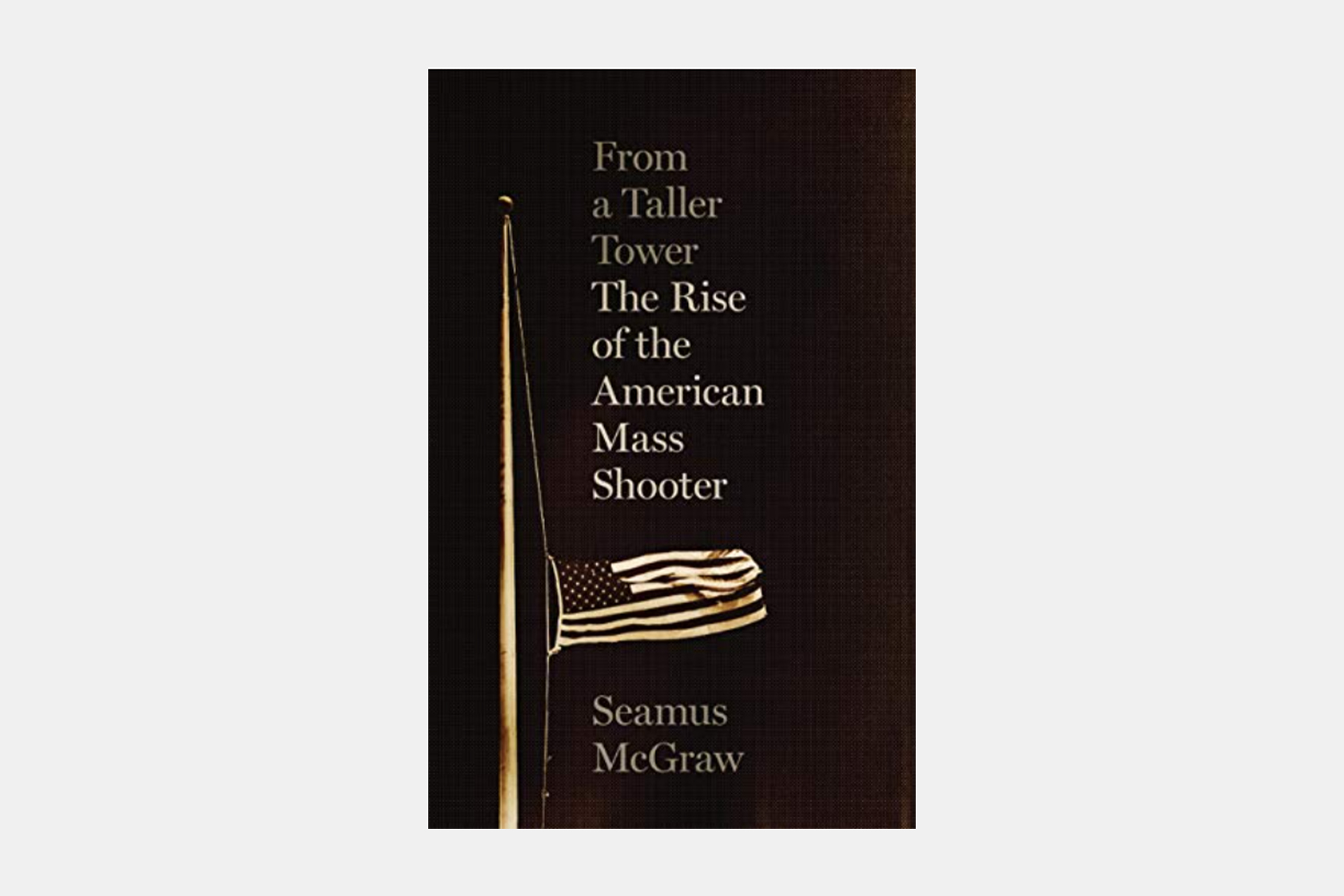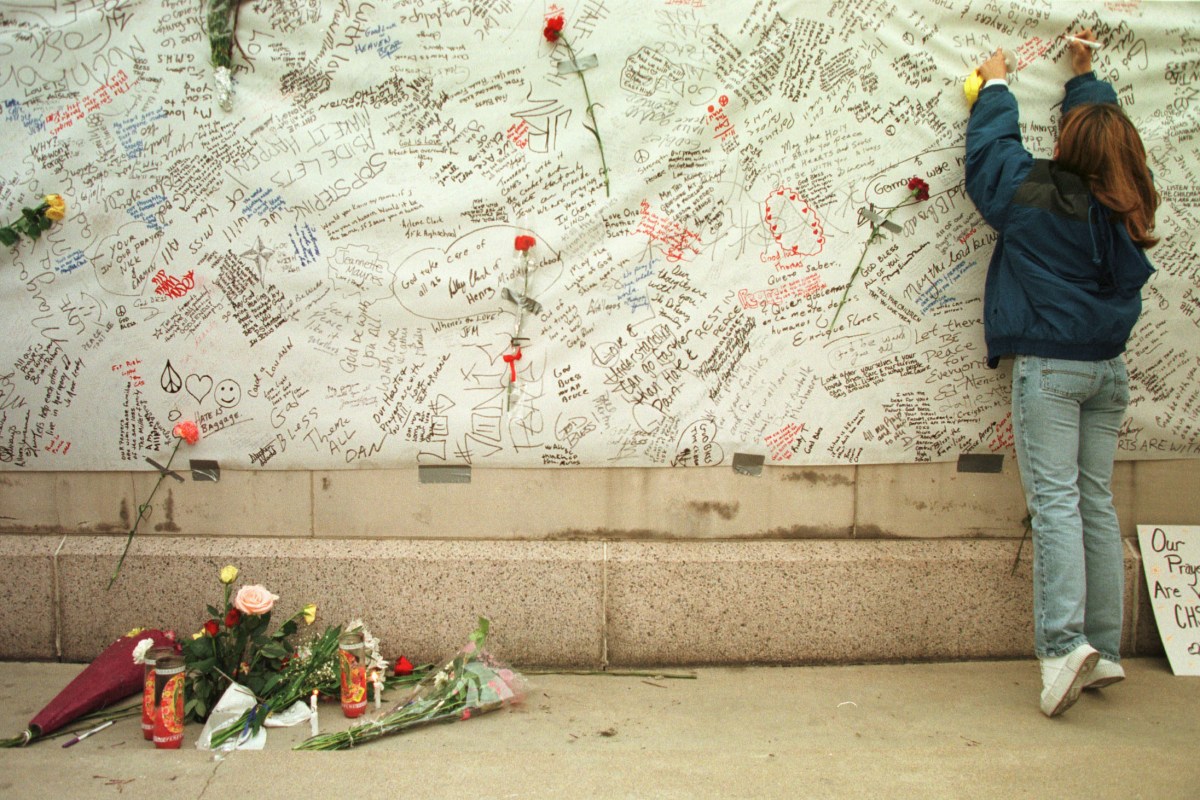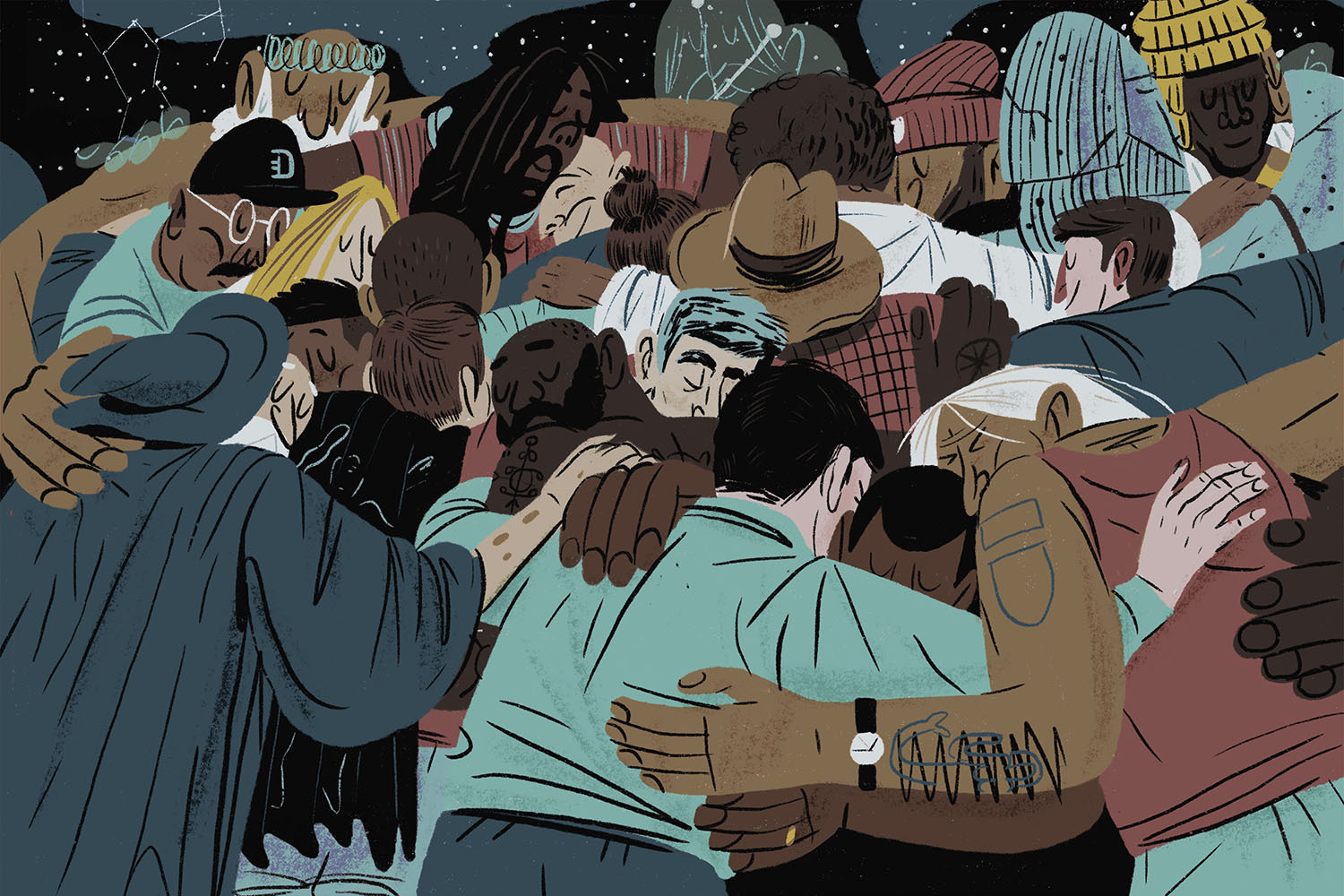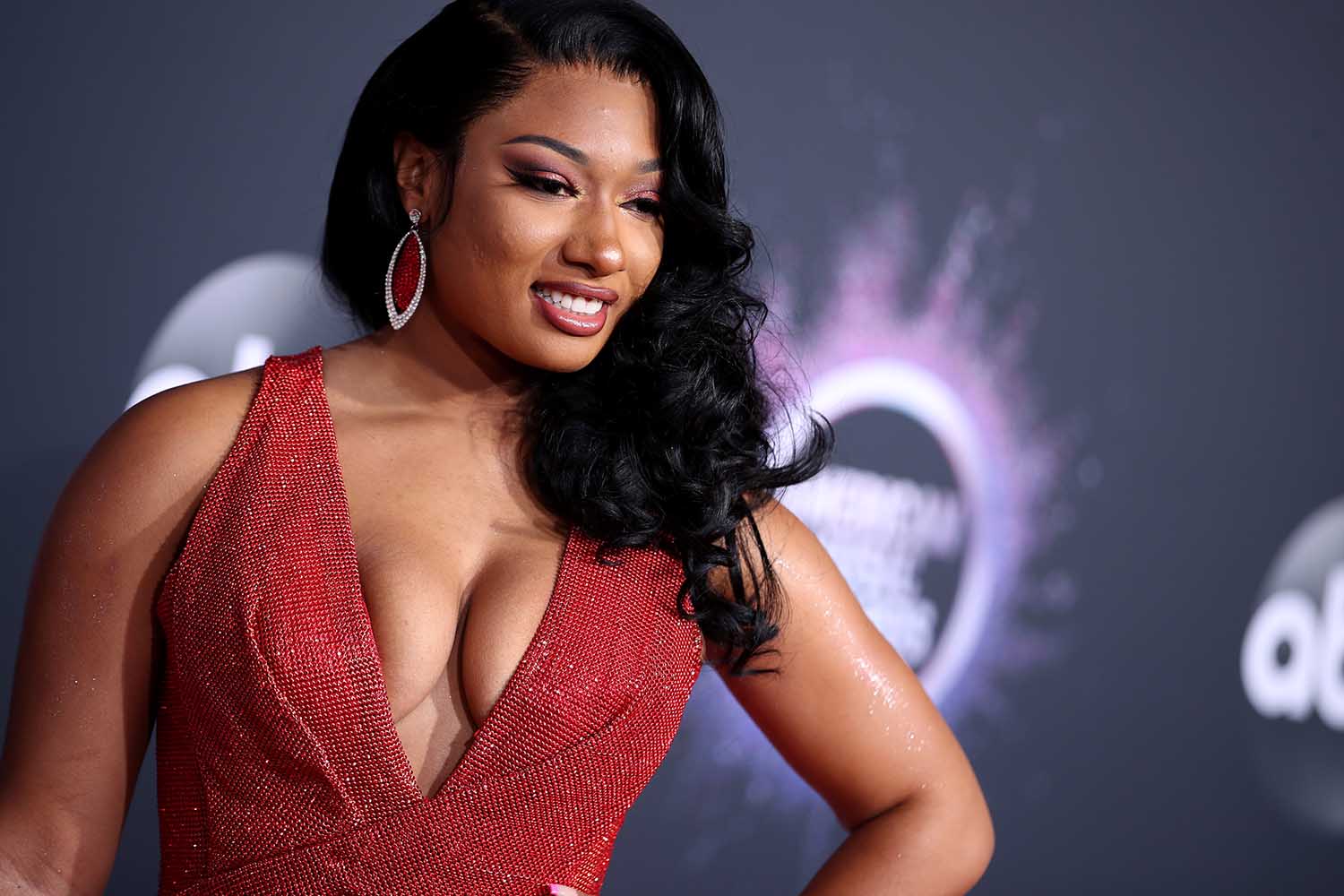A friend of mine, a high school history teacher, recently shared a conversation he had with a group of seniors. They were discussing the concept of generations and how it feels arbitrary to use dates to separate one generation from the next. Wouldn’t it be more illuminating, he asked his students, if we used shared experiences?
“I grew up with 9/11 and the rise of the internet,” he told them. “So I think of my generation as everyone who came of age with that backdrop. What would it be for you guys?”
“Social media,” someone said. Several others agreed. One boy shifted uncomfortably. “Well,” he said. “There’ve been a lot of, um …” he trailed off. Feeling the attention of the room, he stumbled forward. “I just mean. Well. School shootings.”
His peers exchanged glances. One by one they nodded somberly or muttered assents. My friend was taken aback by their grim consensus. But he understood. Most of these kids were nine or 10 when a gunman killed 26 people, including 20 first-graders, at Sandy Hook Elementary in Connecticut. Five years later, 17 people were murdered at Marjory Stoneman Douglas High in Florida. These traumas have shaped the world for a generation of American teenagers. In today’s schools, active shooter drills are more common than fire drills. For $300, parents can outfit their children with bulletproof backpacks.
Gun violence, as we know too well, is not simply a generational problem. It’s an American one. In From a Taller Tower: The Rise of the American Mass Shooter (University of Texas Press), journalist Seamus McGraw explores the disturbing history of this epidemic and the complicity we all bear in its propagation.
“There is no silence on earth deeper than the silence between gunshots,” McGraw writes. “It’s only human nature that we try to fill it, stuffing it with all our suppositions and conjectures, half-truths and misconceptions.”

We construct narratives to explain the inexplicable. It’s an understandable coping mechanism. But it’s also problematic. Media coverage and pop culture portrayals help would-be killers see previous shooters as mythic heroes — and barometers to surpass in the pantheon of violence. “As they imagine the carnage they will commit,” McGraw says, “they often throw one or two extra bodies on top of the bier: the bodies of the killer or killers who came before them. To put it simply, they often want to kill the last killer.” Although journalists have made a concerted effort to take the spotlight off the murderers, increasingly reluctant to even name them, our culture still finds ways to nurture dreams of infamy in twisted minds. Every published manifesto, every disturbed photograph and every catchy song — regardless of any ironic intent — that preserves a legacy for past shooters encourages future ones.
Separate from the myths that motivate shooters are the ones we use to pretend we can identify them. Throughout McGraw’s research, he conducted an informal experiment. He asked everyone he spoke to the same question: How would you profile the typical mass shooter?
Take a moment to think about how you would answer that. How would you profile them in terms of age, race, gender, personality and background?
Here’s what McGraw found:
“In almost every case, they described a young, white male. Sometimes they gave me a romanticized Hollywood image —think the heavily armed, trench coat-clad Keanu Reeves in The Matrix — and sometimes it was a wild-eyed weakling like the Sandy Hook shooter, but in every case the descriptions were of young, white males.”
How does that compare to your answer? It’s almost exactly what I would’ve said. Young, disenfranchised white guys who are either incels, white supremacists or some tormented hybrid of the two. The statistical reality, however, is grainier. Consider the demographic data from a 2018 FBI study that examined 63 active shooter cases.
| Shooter’s ethnicity | Shooter’s age | ||
| Caucasian | 63% | 12 to 17 | 13% |
| African American | 16% | 18 to 29 | 25% |
| Asian | 10% | 30 to 39 | 9% |
| Hispanic | 6% | 40 to 49 | 29% |
| Middle Eastern | 3% | 50 to 59 | 13% |
| Native American | 2% | 60 to 69 | 9% |
| 70+ | 2% |
Yes, a lot of shooters are young and white. But these numbers track with the general population. Nearly a quarter of shooters in the study, McGraw wryly observes, are eligible for AARP cards. As much as we like to think we know what kind of person the next shooter will be, the reality is that we have no idea. “The hard truth, the experts will tell you, is that there is no single profile of a public mass shooter.” (Excepting — crucially — their gender. Only three of the 123 mass shooting in the U.S. since 1982 have been perpetrated by women, according to Statista.)
To extend the medical metaphor of the gun “epidemic,” the only way to eradicate a disease is to understand how it functions (and spreads) and how to treat it. Cultural narratives shape attitudes and behaviors, and the myth that there’s a single profile for mass shooters affects how we approach and attempt to treat this particular disease. What we should focus on, McGraw asserts, are the behavioral traits that the people who commit these acts have in common.
A number of studies from a number of fields have reached similar conclusions about the pre-attack behavior of mass shooters. A history of abusive or aggressive conduct, expressions of anger or violence directed at women, and aggrieved claims of victimhood are consistent behaviors exhibited by shooters across the spectrum. According to the 2018 FBI report, more than 55% of shooters — and almost 90% of those under the age of 18 — signal some public hint of their plan before they carry it out. One of the central arguments From a Taller Tower advances is that studying these behaviors and using them to develop more effective risk-assessment strategies is our best chance of saving lives.
The most common denominator, as mentioned, is that almost all mass shooters are men. Not coincidentally, the vast majority of gun owners are also men. Any serious attempt to understand and prevent mass shootings must therefore involve a detailed accounting of the forces that shape American masculinity. We need to better understand why our brand of masculinity can mutate so easily to violence, and we need to come up with concrete and proactive strategies for how we can reach and support the men who are most susceptible to this plague. If such thinking sounds hopelessly idealistic, the alternative is terrifyingly stupid.
“The only thing that stops a bad guy with a gun,” the NRA’s Wayne LaPierre claimed one week after the Sandy Hook massacre, “is a good guy with a gun.”
This line helped gun sales surge in the aftermath of Sandy Hook, as they do after every mass shooting, and it sparked an absurd national debate about arming teachers. McGraw dismisses it with ease.
“It’s an epic myth we’ve clung to since the beginning of the American experiment: the idea of the lone hero, armed with a gun and good intentions, High-Nooning it against a motivated murderer and prevailing.”
Statistically, most mass shootings end with a bad guy taking his own life or being killed or subdued by police. An FBI study that analyzed 277 active-shooter situations found that only 3.9% were stopped by armed civilians, compared to 11.2% stopped by unarmed civilians.
Why doesn’t LaPierre’s claim hold up? It’s certainly not because there aren’t enough weapons. According to the Swiss-based Small Arms Survey, the United States, with a population of 329 million, has an estimated 393 million guns. As McGraw notes, “That’s one gun for every man, woman, and child in America, with enough left over to give one to everyone in Canada and Australia if we were feeling generous and they didn’t have such rigorous gun regulations.”
The reason the “good guy with a gun” narrative crumples is because that kind of heroism is a fallacy. McGraw includes ample evidence — testimonials from first responders, narrative accounts from witnesses and survivors, and even unrelated anecdotes about the prevalence of soldiers freezing when they encounter enemy fire on the battlefield — to convincingly show that a defining trait of heroism is its scarcity in nature. “You can’t buy character off a rack at a sporting goods store,” he writes. “Heroism doesn’t come from the barrel of a gun. It has to be deeply imprinted in your DNA.”
There’s a tragic timeliness to McGraw’s book. Our country is currently reeling from the latest wave of shootings. Compared to the start of 2020, mass shootings have increased by 73% over the first three and a half months of 2021. COVID-induced lockdowns are starting to ease. We should be hopeful and excited; the end of a collective nightmare is in sight. Instead, our view is occluded with the too-familiar carnage of a recurring one.
This article was featured in the InsideHook newsletter. Sign up now.






















